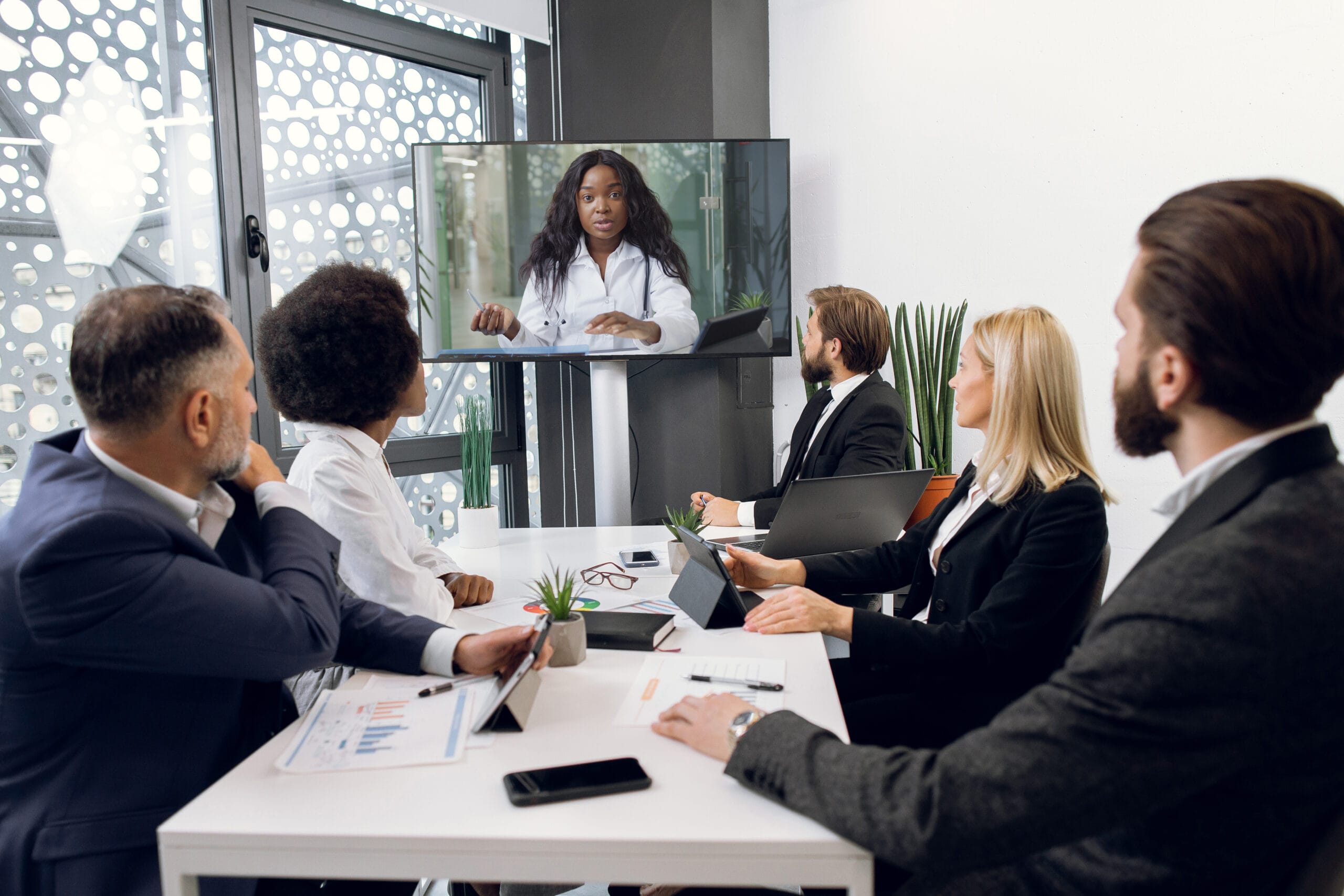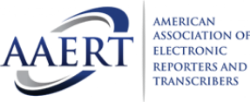Just How Efficient Test Presentations Can Win Your Situation
The performance of test discussions is commonly underestimated, yet they play an important function in forming juror perceptions and influencing instance results. As we check out the components that contribute to an engaging test presentation, the question continues to be: what certain strategies can attorneys employ to guarantee their message not only resonates yet likewise compels activity?

Recognizing Your Target Market
Comprehending your target market is vital for delivering a reliable trial presentation. Recognizing who will certainly be present in the court-- jurors, courts, and opposing guidance-- permits you to tailor your message in a means that reverberates with them. Each group has distinctive expectations, prejudices, and histories, which can dramatically influence their assumption of the case.
For jurors, it is vital to consider demographics, life experiences, and cognitive predispositions. Jurors may come from various occupations and social backgrounds, impacting their interpretation of evidence and disagreements. Engaging with them through relatable instances and clear, straightforward language can cultivate far better understanding and empathy.
Judges, on the other hand, concentrate on legal requirements and step-by-step integrity. Discussions ought to be succinct and grounded in the legislation while valuing courtroom etiquette. Recognizing the judge's preferences and past judgments can additionally boost your method.
Reliable communication depends upon recognizing these distinctions and readjusting your presentation style accordingly (trial presentations). By anticipating the audience's responses and addressing their issues, you can create a more convincing story that mesmerizes attention and advertises favorable outcomes
Crafting an Engaging Narrative
A well-crafted narrative functions as the backbone of an effective trial presentation, leading the target market through complex information while evoking psychological actions. This narrative ought to start with a clear and engaging introduction that sets the stage, describing the crucial themes and concerns at risk. Developing a relatable protagonist-- commonly the client-- can produce a personal connection with the jury, drawing them right into the tale.
The body of the story must present the realities in a rational sequence, weaving together proof and testimony to build a natural argument. Each piece of details need to support the overarching motif, reinforcing the desired message without frustrating the audience with unnecessary information. Shift phrases can be especially powerful, helping to keep circulation and keep the court involved.
Inevitably, the conclusion needs to reverberate mentally, summing up the situation's importance and urging the court to take activity via their verdict. By crafting a compelling story that is both structured and emotionally resonant, lawyers can properly convey their situation's values, making it easier for jurors to recognize and keep in mind the bottom lines long after the test ends. This approach not just educates yet likewise convinces, improving the chance of a beneficial outcome.
Making Use Of Visual Aids Properly

Visual aids play a vital duty in enhancing trial presentations, changing complex information right into obtainable information that jurors can easily understand. By utilizing graphes, charts, representations, and multimedia aspects, attorneys can clear up intricate points and preserve jurors' focus. Visual help assist in the understanding of evidence, making abstract concepts substantial and relatable.
When selecting visual aids, relevance and simplicity are paramount. Each aesthetic must straight support the situation story and strengthen key arguments without overwhelming the audience. Overly intricate visuals can interfere with the message, read creating complication instead of clarity.
Additionally, the calculated positioning of aesthetic help throughout presentations is essential. They need to be introduced at turning points to highlight essential evidence or to highlight considerable changes or patterns. This timing enables jurors to process info successfully, improving retention and recall during considerations.
Furthermore, it is crucial to make sure that aesthetic help are technologically suitable with the court environment. Familiarity with the devices and a backup strategy can prevent technological glitches that could disrupt the circulation of the presentation. In recap, efficient usage of aesthetic aids can significantly strengthen a test discussion, resulting in a stronger link with the court and a much more convincing case on the whole.
Involving Emotion and Empathy
While providing factual proof is essential, interesting emotion and empathy in test discussions can exceptionally influence jurors' assumptions and choices. Jurors are not simply decision-makers; they are humans that react to stories that resonate on a personal degree. By weaving emotional components into the presentation, lawyers can create a link that goes beyond plain stats and lawful lingo.
Storytelling is an effective device in this context. By presenting the instance as a narrative that highlights the human influence of the events concerned, attorneys can stimulate feelings of compassion, rage, or even fear - trial presentations. These emotions can substantially sway jurors, making them much more likely to empathize with the complainant or accused

Eventually, a trial discussion that efficiently involves emotion and empathy can produce a compelling argument that resonates deeply, leading jurors to really feel a personal risk in the event, therefore enhancing the possibilities of a favorable decision.
Practicing Distribution Strategies
Engaging emotion and compassion lays a solid structure for trial presentations, but the performance of these components rests on the distribution methods used by the lawyer. Mastering shipment strategies is crucial for making certain that the message resonates with the court. This includes practicing tone, rate, and body movement to boost reliability and connection with the target market.
Practicing the discussion numerous times enables lawyers to fine-tune their design and recognize areas for improvement. Recording method sessions can provide valuable insights into one's nonverbal hints and singing inflections, helping to get rid of distracting behaviors. Additionally, getting responses from peers can highlight toughness and weaknesses, guiding more refinement.
Effective use stops briefly can additionally be an effective method; they allow the court to soak up essential details and increase emotional effect. Attorneys ought to likewise be conscious of eye call, as it promotes count on and involvement with jurors.
Inevitably, see post the mix of exercised distribution methods and the psychological vibration of the presentation can substantially affect the click site jury's perception, developing an engaging case that stands apart in their minds. The power of well-executed shipment can not be overstated in the pursuit of a desirable verdict.
Verdict
In summary, effective trial discussions are essential in influencing juror decisions. Grasping delivery techniques even more amplifies these elements, inevitably contributing to a persuasive instance discussion.